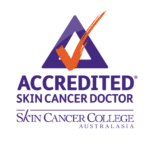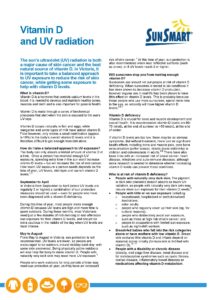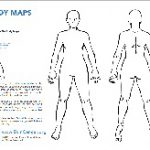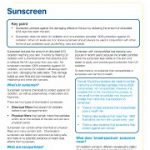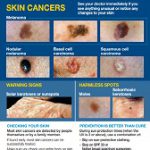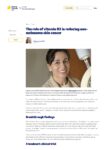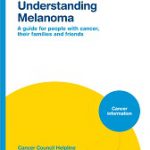Skin Cancer Clinic
Dr Nabil Mankarios is a medical practitioner with special interest in skin cancer management He has worked in this field since 1997 During this period he has treated more than 10,000 proven skin cancers. He holds a Diploma in Practical Dermatology from the University of Wales, UK; and a Certificate in Primary Care Skin Cancer Medicine from the Royal Australian College of General Practitioners (in partnership with the Australian College of Dermatologists)
The centre has a fully equipped treatment room, and Dr Mankarios is able to manage more than 95% of skin cancers onsite, with only 5% needing referral to a more specialized centres
Skin cancer is a major cause of disfigurement, illness and death in Australian society. Australia has the highest incidence of skin cancer in the world. In fact about two thirds of Australians will develop some form of skin cancer during their lifetime.
No referrals necessary
By appointment
Risk factors for developing skin cancer
- People with fair skin who burn easily in the sun.
- People with a long history of sun exposure, either occupational or recreational.
- People with a lot of moles.
- People who had treatment for skin cancers in the past.
- People with a strong family history of certain types of skin cancer.
- Older people.
- War Veterans.
UV Index
Can you spot the difference between these skin lesions?
TYPES OF SKIN CANCERS
Basal Cell Carcinoma
The most common and least dangerous of skin cancers. Grows gradually over months and years. Appears as a red patch, shiny lump or a non-healing sore more on sun-exposed areas of the body.
If left untreated can form unsightly ulcers or destroy sensitive organs like the eyes, ears and nose
Squamous Cell Carcinoma
The second commonest skin cancer. Appears more rapidly, usually as a tender scabby lump or an ulcer on the face, hands, forearms or lower legs. If left untreated, can spread to the lymph glands and can lead to death
Malignant Melanoma
The least common but most dangerous of skin cancers. Appears as an irregular mole that grows rapidly. It is usually larger than an average mole, with multiple colours and an irregular edge.If untreated it can spread through the blood stream to the whole body and lead to death.
Premalignant Skin Lesions
More common skin lesions that are considered premalignant, and need treatment in order not to turn into more dangerous skin cancers, include solar keratoses (sun spots), that appear as rough, scaly bits of skin on sun exposed areas, and patches of Bowen's disease, that appear as red scaly patches especially on the lower legs
Also some moles that have an irregular edge and more than one colour, can be dysplastic naevi, which are lesions that can be hard to distinguish from melanomas, and can actually change to melanomas.


